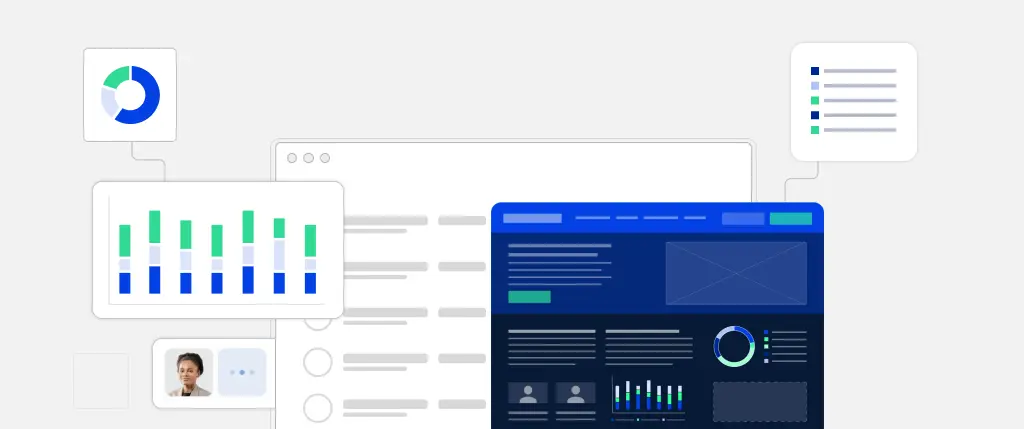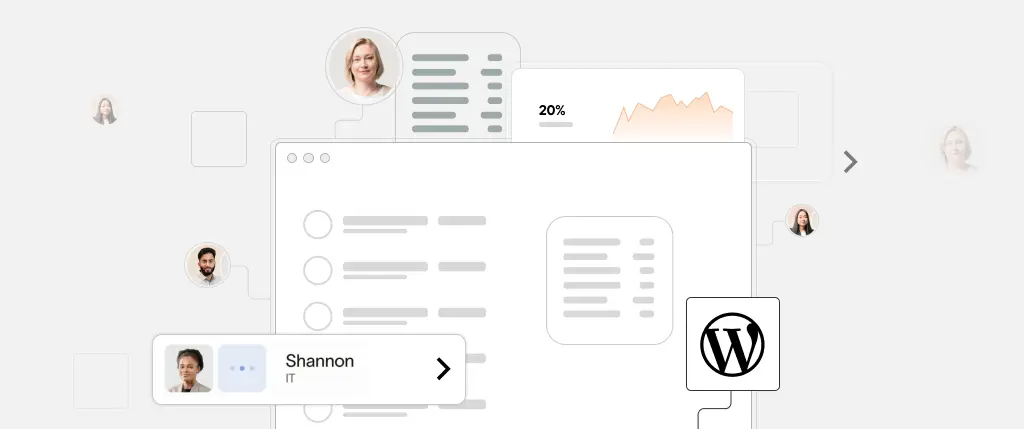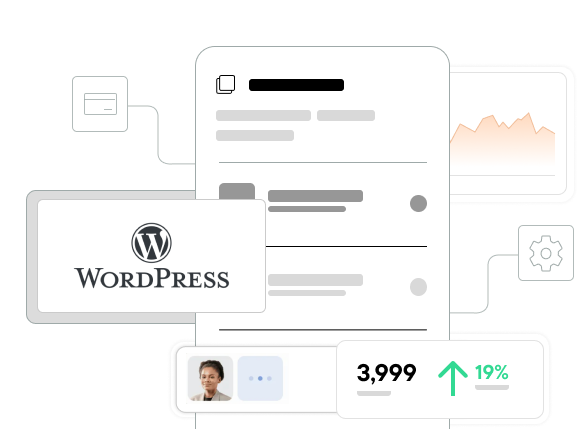Design isn’t just about how things look—it’s about how they perform. For anyone managing a WordPress site, great UX isn’t optional. It’s what turns casual visitors into engaged users and customers.
Whether you’re chasing leads, sales, or sign-ups, designing WordPress sites for conversion starts with intentional UX design—removing friction, building trust, and nudging users toward action.
In this guide, you’ll discover seven high-impact UX strategies, complete with WordPress-friendly tools, code, and real examples to turn your site into a conversion engine.
UX + Conversion: Why They’re Inseparable
User Experience (UX) is how visitors interact with your site—from page speed and layout to how easy it is to find the CTA.
Conversion happens when a user completes a goal:
✔️ Form fill-out
✔️ Email sign-up
✔️ Purchase
✔️ CTA click
Bad UX = lost conversions.
Confusing layouts, slow pages, and generic messaging drive users away.
Good UX = higher conversions.
It guides users effortlessly to take meaningful action.
🔑 7 UX Strategies to Boost WordPress Site Conversions
1. Make CTAs Unmissable—Above the Fold
Your hero section is prime real estate. Use it to deliver your message instantly, with a single goal in mind.
Implementation in Gutenberg:
<!-- wp:cover {"url":"your-image.jpg"} -->
<h2>Grow Your Business Today</h2>
<a class="wp-block-button__link" href="#contact">Get a Free Quote</a>
<!-- /wp:cover -->📌 Tip: Pair a clear value proposition with one strong button. No distractions.
2. Keep Navigation & Actions Always Visible
Sticky elements keep users from bouncing. Use:
myStickymenuplugin- Sticky headers in your theme
- Floating CTA buttons on mobile
🚀 Make “Book Now” or “Start Free Trial” visible at all times.
3. Build Urgency & Scarcity the Right Way
Time-sensitive offers nudge users to act faster.
Plugin: HurryTimer
[hurrytimer id="123"]Use it for:
- Limited-time discounts
- Registration deadlines
- Product launches
🎯 Combine with color cues (e.g., red countdowns) to attract attention.
4. Use Social Proof Where It Counts
People follow people. Display testimonials, reviews, or usage stats.
How:
- Create a Custom Post Type for reviews
- Use ACF for structured testimonials
- Plugins: WP Customer Reviews, Site Reviews
🗣️ Add testimonials under CTAs to reduce hesitation.
5. Split Forms into Smaller Steps
Don’t scare users with giant forms.
Tools:
- WPForms Pro – Conversational form mode
- Gravity Forms – Use the “Page Break” field
🎯 Each step builds momentum and reduces overwhelm.
6. Trigger Exit-Intent Popups
Catch abandoning users before they leave.
Plugin: Popup Maker
🔥 Use behavioral targeting (exit-intent, time on site, inactivity)
Example use cases:
- Offer a last-minute discount
- Capture email with lead magnet
- Run a feedback survey
7. Use Scroll-Triggered Animations for Engagement
Reveal content as users scroll to keep them engaged longer.
Tool: AOS – Animate on Scroll
<div data-aos="fade-up">
<h3>Why Choose Us?</h3>
<p>Fast, reliable, and tailored WordPress solutions.</p>
</div>✨ Avoid overdoing it—subtlety works best for trust.
🧩 Code: Add a Reusable CTA Block in PHP
function register_cta_block() {
register_block_type(__DIR__ . '/blocks/cta', [
'render_callback' => 'render_cta_block'
]);
}
function render_cta_block($attributes) {
return '<div class="cta-block">
<h2>' . esc_html($attributes['headline']) . '</h2>
<a class="btn" href="' . esc_url($attributes['link']) . '">' . esc_html($attributes['buttonText']) . '</a>
</div>';
}
add_action('init', 'register_cta_block');👨💻 Combine this with Gutenberg UI to give marketers full control without touching code.
🛠 Best Practices for Designing WordPress Sites for Conversion
✅ Keep It Simple
Minimalism guides focus. Cut the fluff and highlight the action.
✅ Design for Mobile First
Over 60% of users are on mobile. Use responsive themes and test on real devices.
✅ Track Everything
Use:
- Google Analytics for conversion goals
- Hotjar or Crazy Egg for heatmaps and behavior
- Nelio A/B Testing to experiment with variations
✅ Prioritize Speed
Plugins: WP Rocket, SiteGround Optimizer
Tools: PageSpeed Insights, GTmetrix
✅ Iterate Continuously
Test → Learn → Improve. Conversion design is never finished.
🎯 Conclusion
Designing WordPress sites for conversion is part art, part science. With the right UX patterns—CTAs above the fold, sticky actions, social proof, and fast-loading pages—you can consistently drive users to act.
Remember:
- UX isn’t decoration—it’s conversion strategy.
- WordPress has the flexibility to support best-in-class UX.
- Small tweaks → big results when guided by real data.
🚀 How Sitebox Makes Conversion-Driven Design Easy
Sitebox empowers you to build fast, conversion-optimized WordPress sites without reinventing the wheel.
Why it’s a game-changer:
- ⚡ Speed First: Built-in CDN + edge caching for lightning-fast load times
- 🧩 Component Library: Reuse conversion-optimized Gutenberg blocks across projects
- 🔍 Analytics-Ready: Hook in GA, Hotjar, and A/B tools with zero hassle
- 🧪 A/B Testing Friendly: Deploy and test variants via Git, no plugin bloat
👉 Discover how Sitebox powers high-converting WordPress sites




